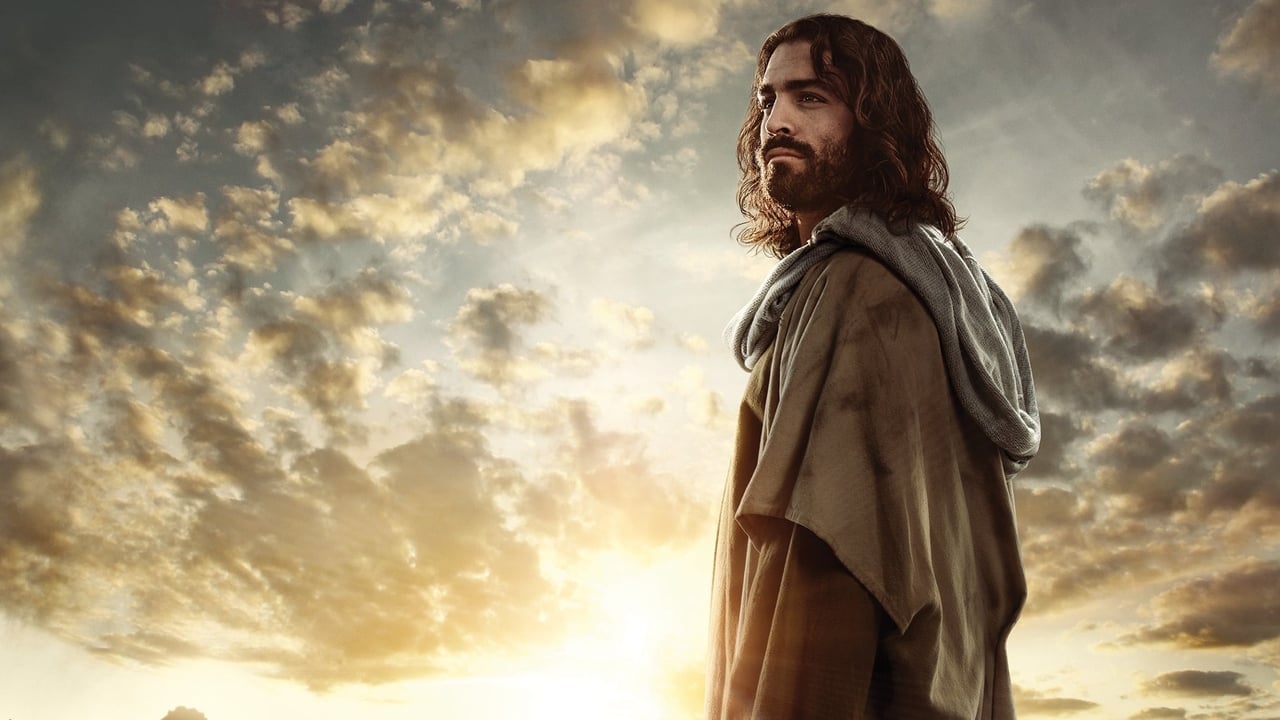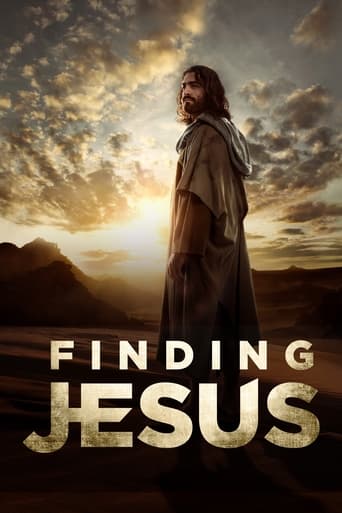

Very many books have written about Socrates, Hannibal and Xerxes. But Nobody questions the accuracy of the existence of such a men..and believe me if you really wanted to start looking for "inconcistencies " in the record of such men you will find them just like excavating the Bible does. However when it comes to Jesus the liberal media is obsessed with discrediting the facts. This CNN series is yet another pretense by the Iranian pseudo scholar Reza Aslan at establishing the truth about Jesus yet cleverly trying to cast doubt on Christianity while saying nothing about the barbarism of Islam. CNN uses basic tricks amateur scholars engage in by selectively quoting texts and relying on one sided interpretations to sow doubt in the mind of the audience whom I am sure have never taken time to read and understand the Bible. OK if one wants to question Jesus deity and claims I am willing to accept that. But to question his existence is a fools errand since, doing that negates other historical events that occurred at the same period . Not to mention the 66 books of the Old testament that precedes and establishes the work of Jesus. in sum believers will not be swayed by this documentary and non-believers will continue in their ignorance of the true facts that can only be distilled by a personal reading of a good translation of the Bible like the Recovery Version.
... View MoreI watched all of Episode 1 and, unable to stay focused on what is essentially a child's Sunday school class, just surfed 3 of the other episodes. If you spend 5 minutes on Wikipedia, you'll get all the spoilers you need to understand the validity of the Shroud of Turin (episode 1), with links to actual scientific sources. Most of which is not even mentioned in this show. Instead the air is filled with biblical dramatizations - which is irrelevant to whether this artifact is an actual corpse shroud from the middle east, circa 30 BC, or if the shroud wasn't a later forgery, whether it is from the body of Jesus. All of which is a shame, since there is fascinating science involved in validating ancient artifacts - none of which is covered here. And there's a good deal we know about daily life, and death by crucifixion, in that place and time, that would have been a more pertinent dramatization, than yet another inaccurate Stations of the Cross enactment. The same criticisms apply to the rest of the series. All safe dramatizations of Bible scenes, crafted to not contradict the understandings of the average US believer, with a thin veneer of "analysis" to make it seem like you're learning something new.For those who have faith, an opportunity was lost to more fully understand biblical times, and the context for the message. For everyone else, its an insulting waste of time.
... View MoreThis may not seem significant to some, but I thought it was generally understood that when you're trying to find, locate someone, knowing their correct Name is pretty important! The savior, the redeemer was a born Hebrew of the lineage of David, who stemmed from the kingship tribe. His name COULD NOT HAVE BEEN Jesus. How can I make such a statement when millions of people worldwide believe in him? Well, quite simply the fact of the matter is that there has NEVER been a character(letter) in the Hebrew alphabet the would produce the letter J or the J sound! Don't take my word for it, check it out. And just possibly, if you don't know some one's correct name, there's a strong possibility that everything else you thought you knew about that individual is also wrong!
... View MoreThis was a well-produced, six-part documentary film series that aired on CNN. There is also a lively and well-written book the accompanies the series, written by David Gibson and Michael McKinley. The book adds many details to the individual programs.The approach to studying the life of Jesus in this series is to focus on artifacts that have recently been examined through the uses of modern forensic science. Priceless relics, such as a piece of the True Cross, are subjected to carbon-14 dating. And the papyrus and ink of the controversial Gospel of Judas are carefully tested for authenticity. The Shroud of Turin has even been tested for traces of pollen that may be unique to the region of the Levant at the time of Jesus.The most engaging of all the programs in the one on Judas. When this astonishing text was first revealed to the public by the National Geographic Society early in the twenty-first century, there appeared to be a completely new interpretation of Judas as a disciple who was carrying out Jesus' instructions for betrayal. But there were apparently significant errors in translation, resulting in confusion and misinterpretation. Based on this program, it now appears Judas was just as much a traitor as he has traditionally been portrayed, now borne out even more completely in the Gospel of Judas. The other programs address John the Baptist, Mary Magdalene, the True Cross, James, and the Shroud of Turin.If there is an overarching theme to the series, it is the longstanding veneration of relics in Christianity. A point that is downplayed by the filmmakers is how the authenticity of relics is really not important to a true believer. The authors of the book version of "Finding Jesus" recognize this point when quoting Pope Francis, who recently said of the Shroud of Turin that the "unique and supreme World of God comes to us through" the relic. Whether the relic actually dates from the time of Jesus is a moot point, due to the metaphorical power of the venerated object.
... View More